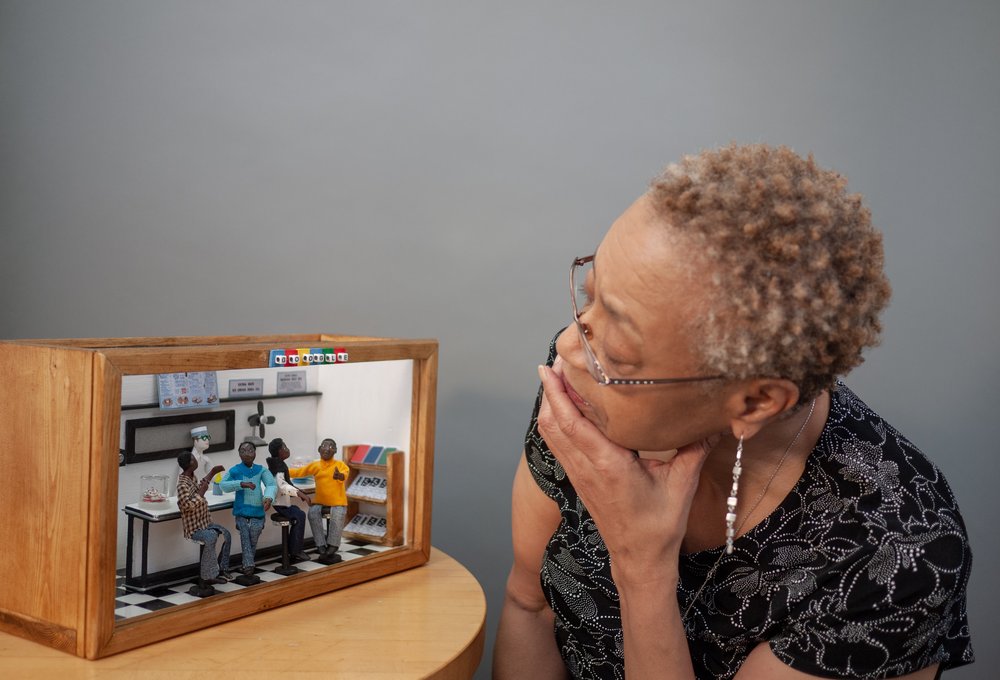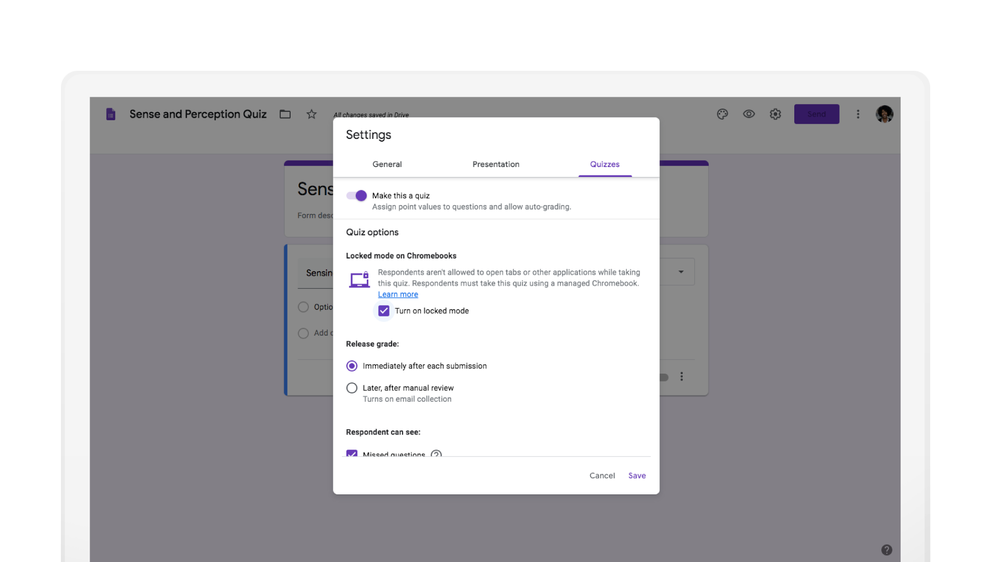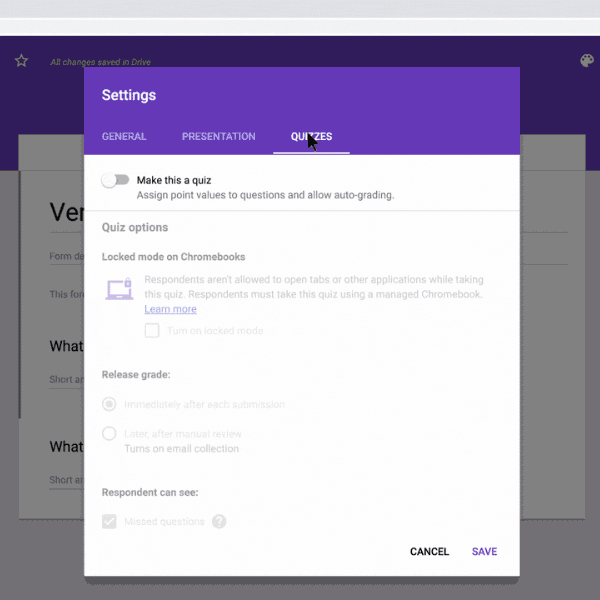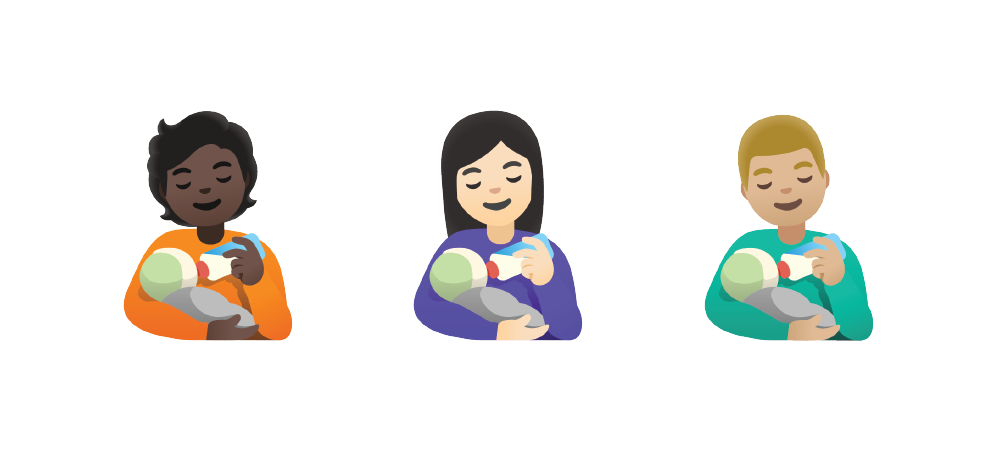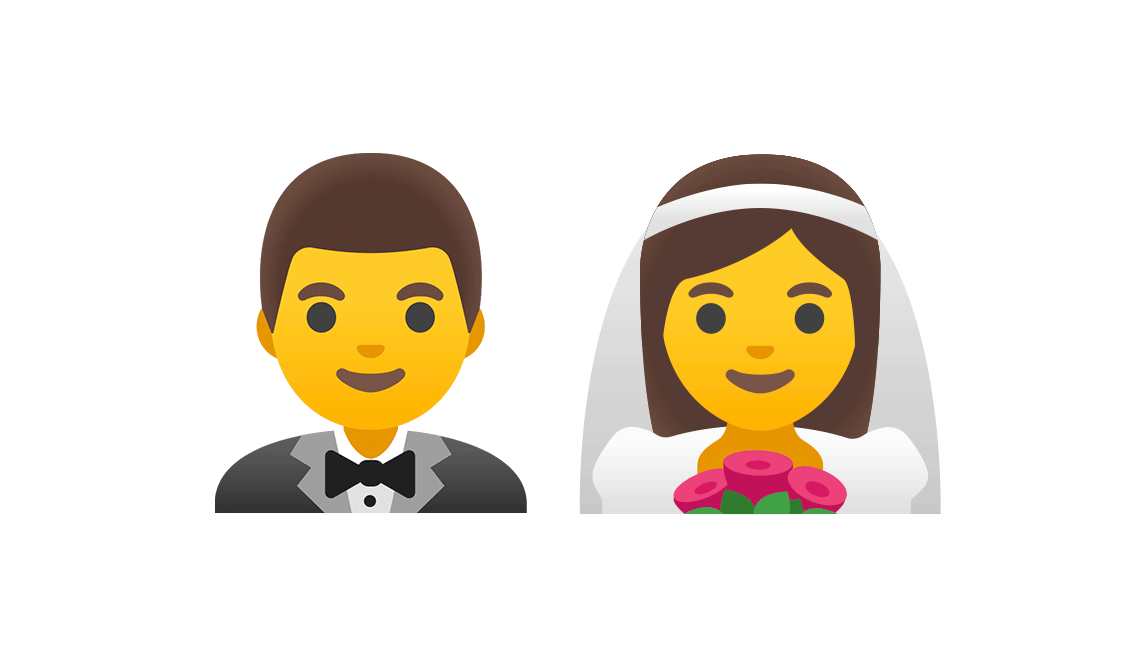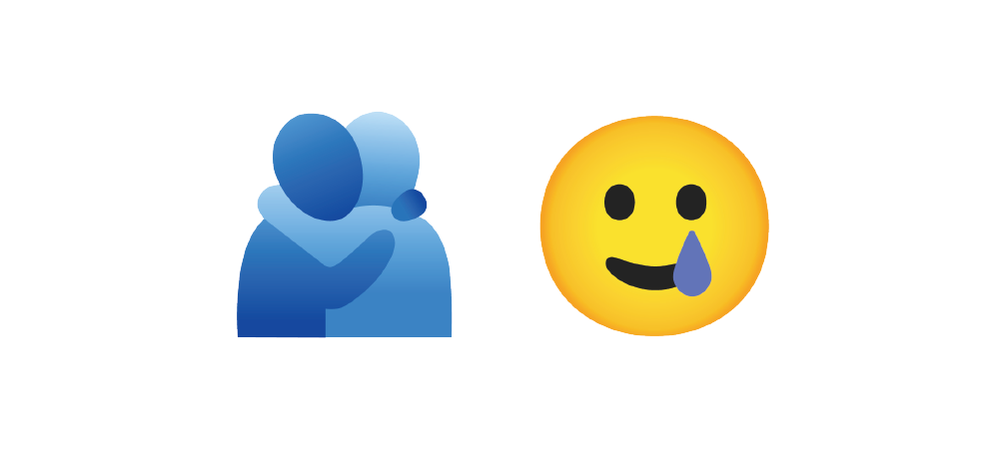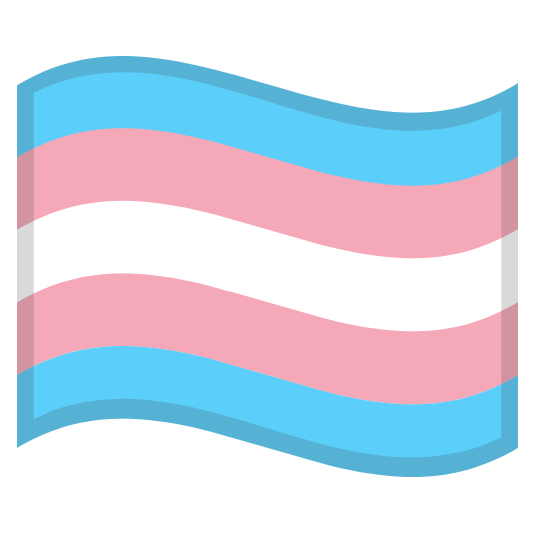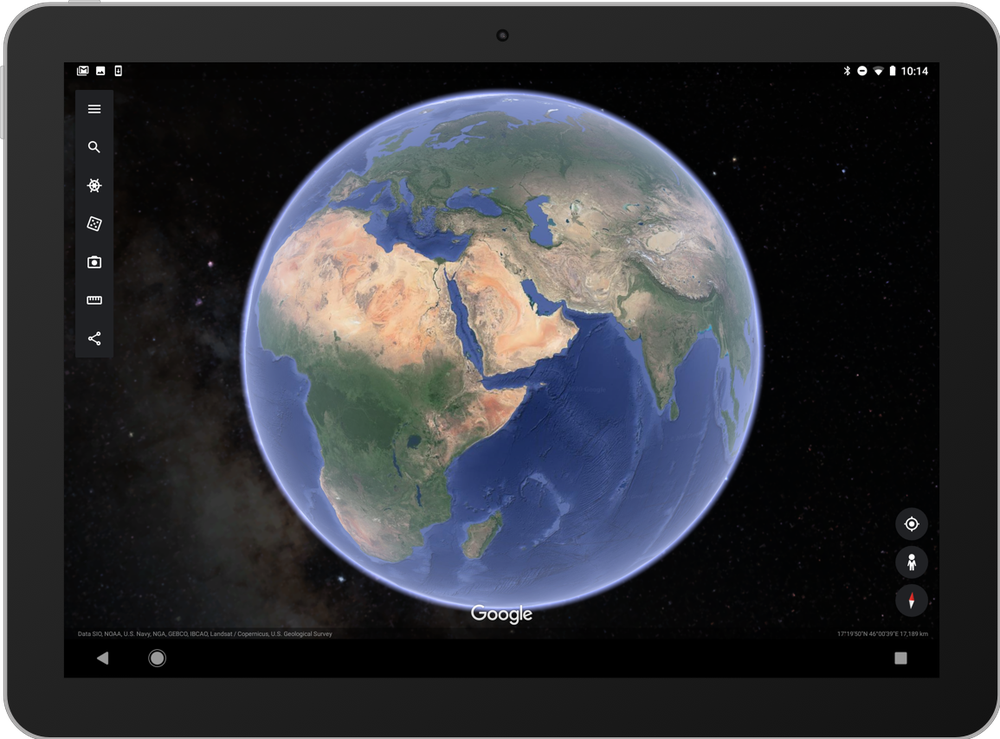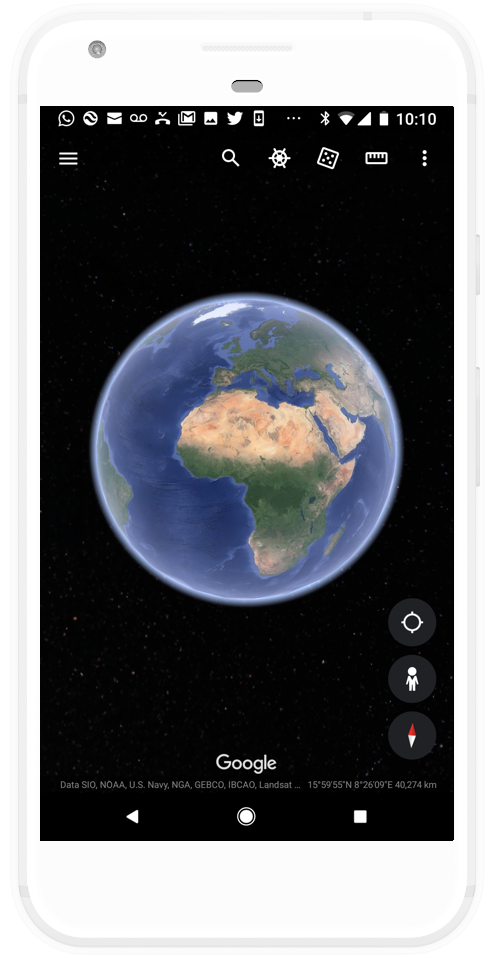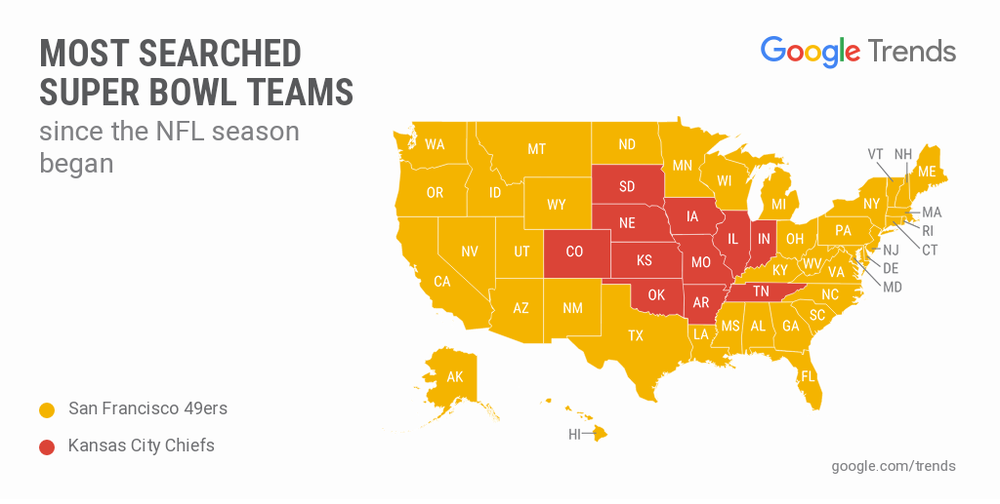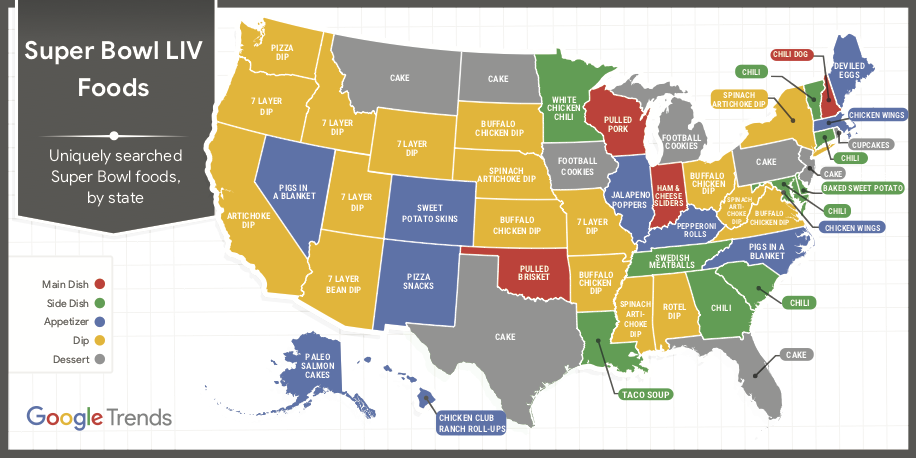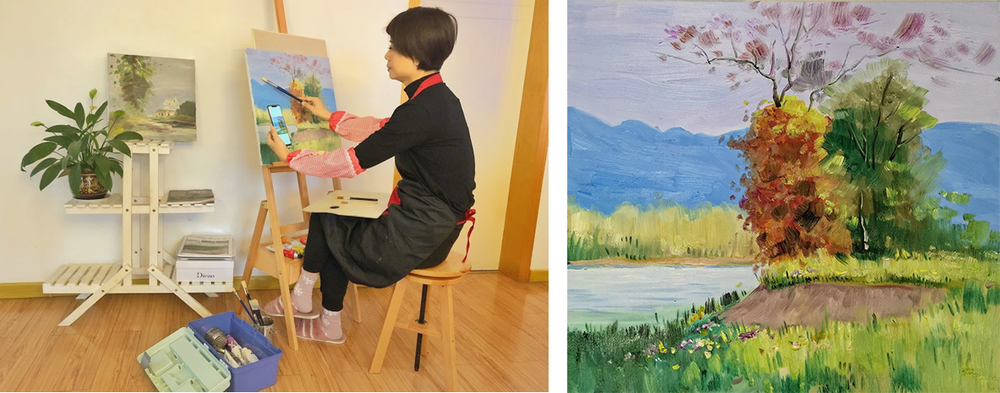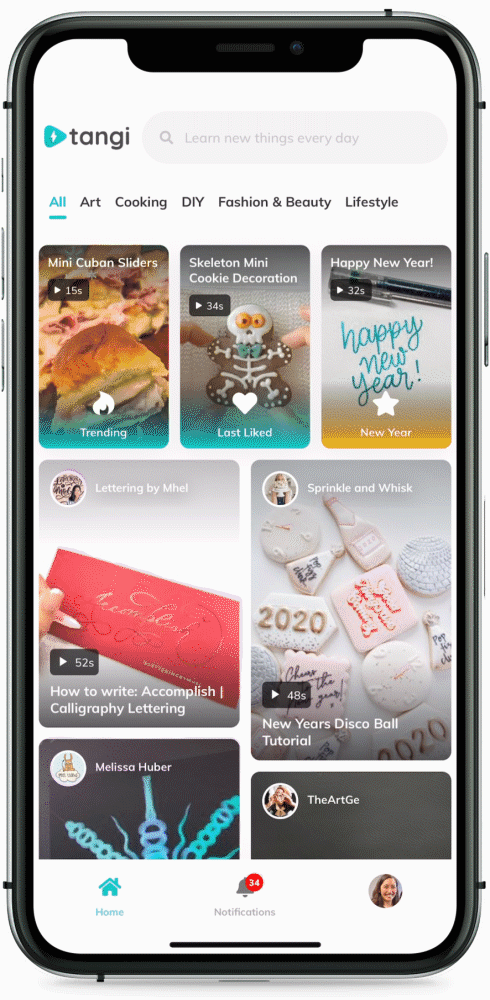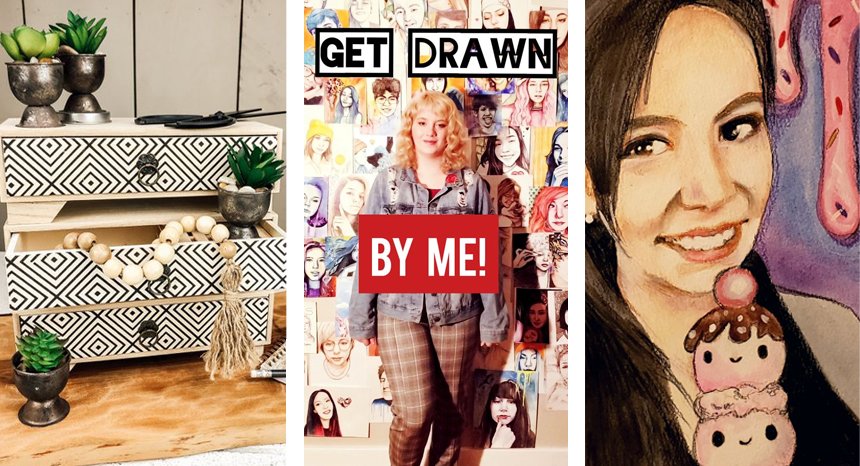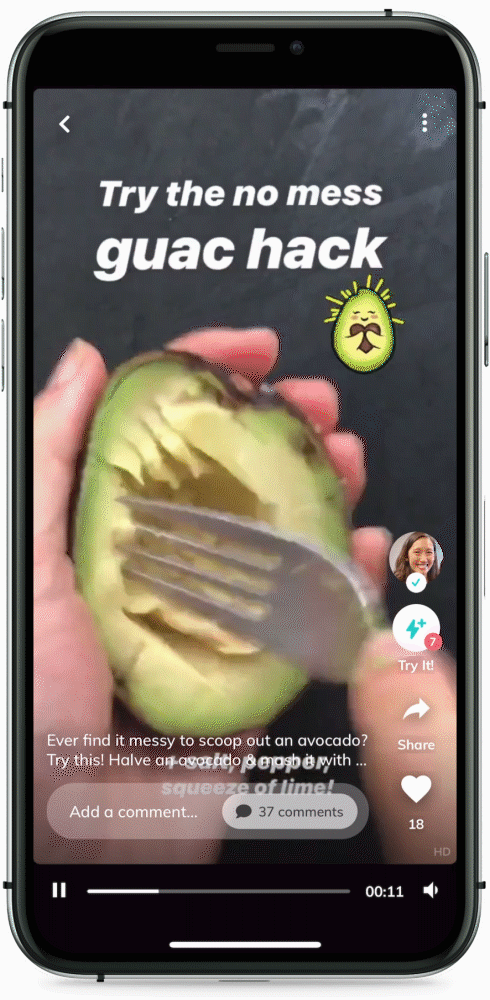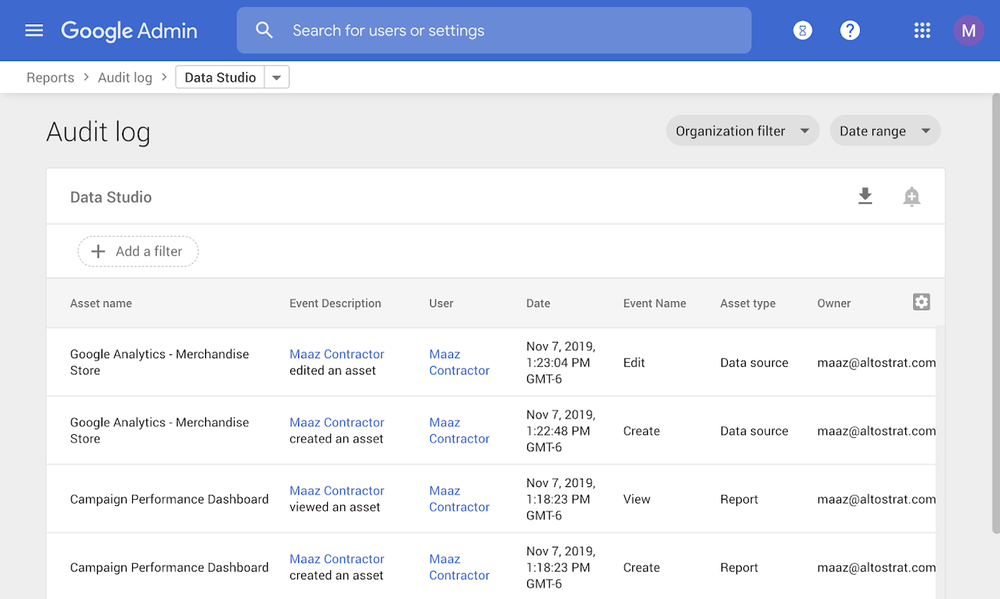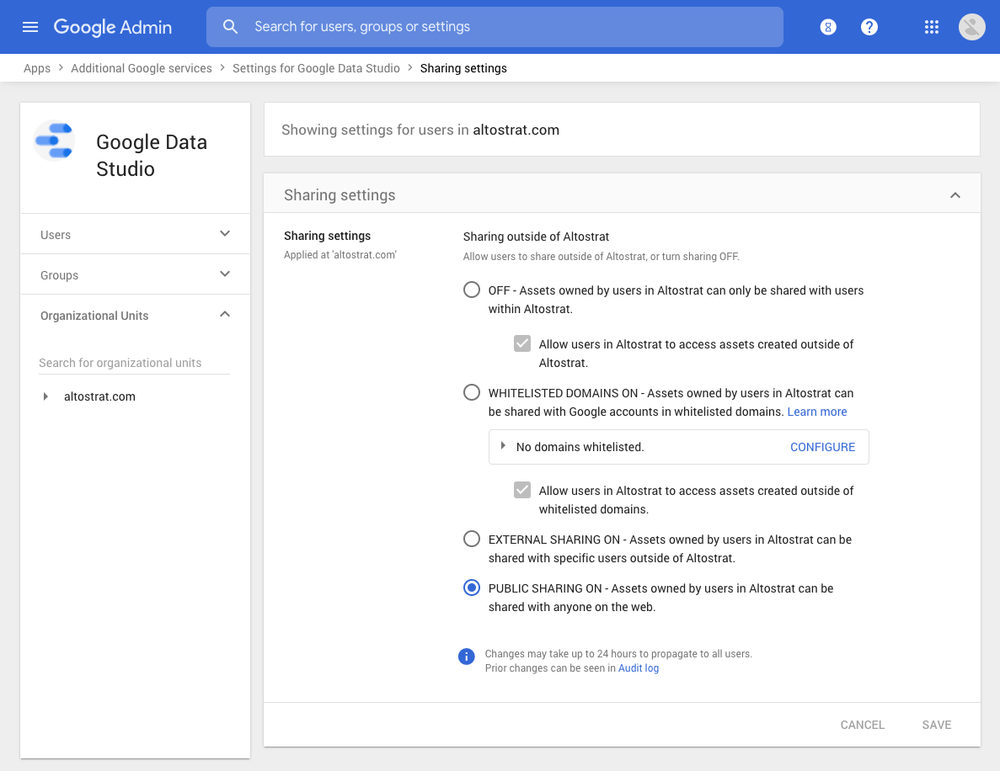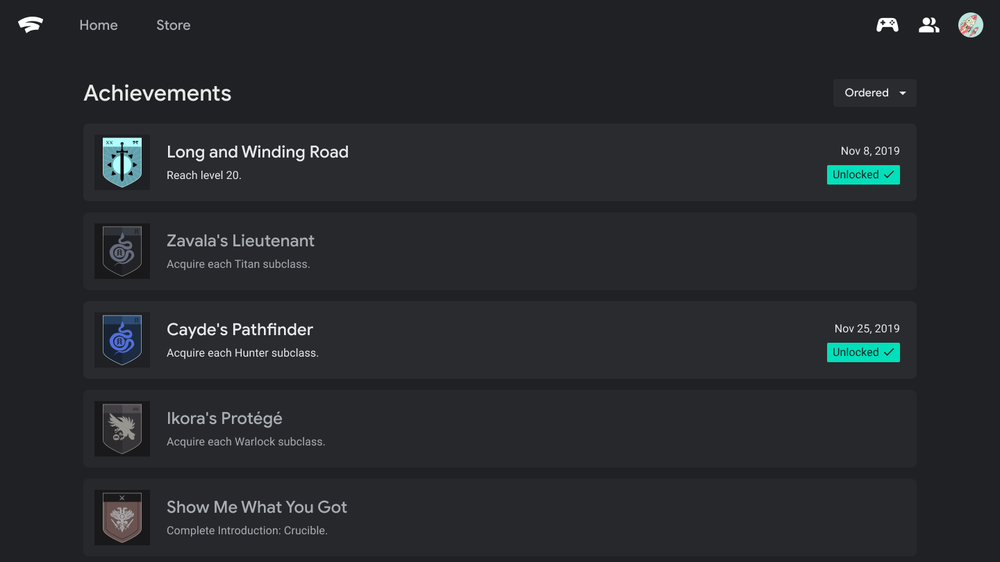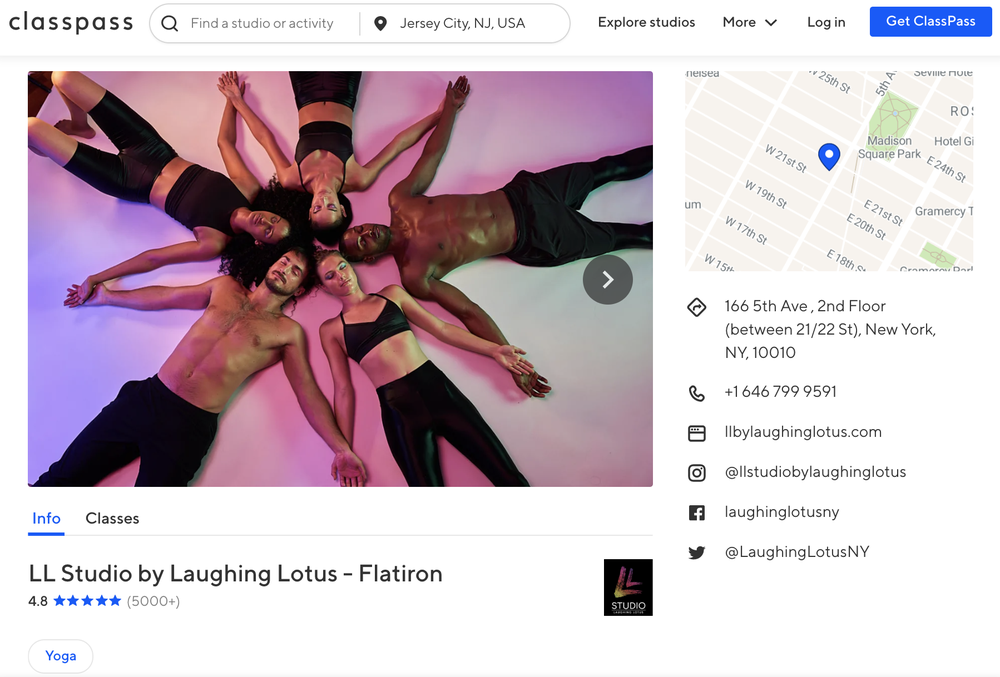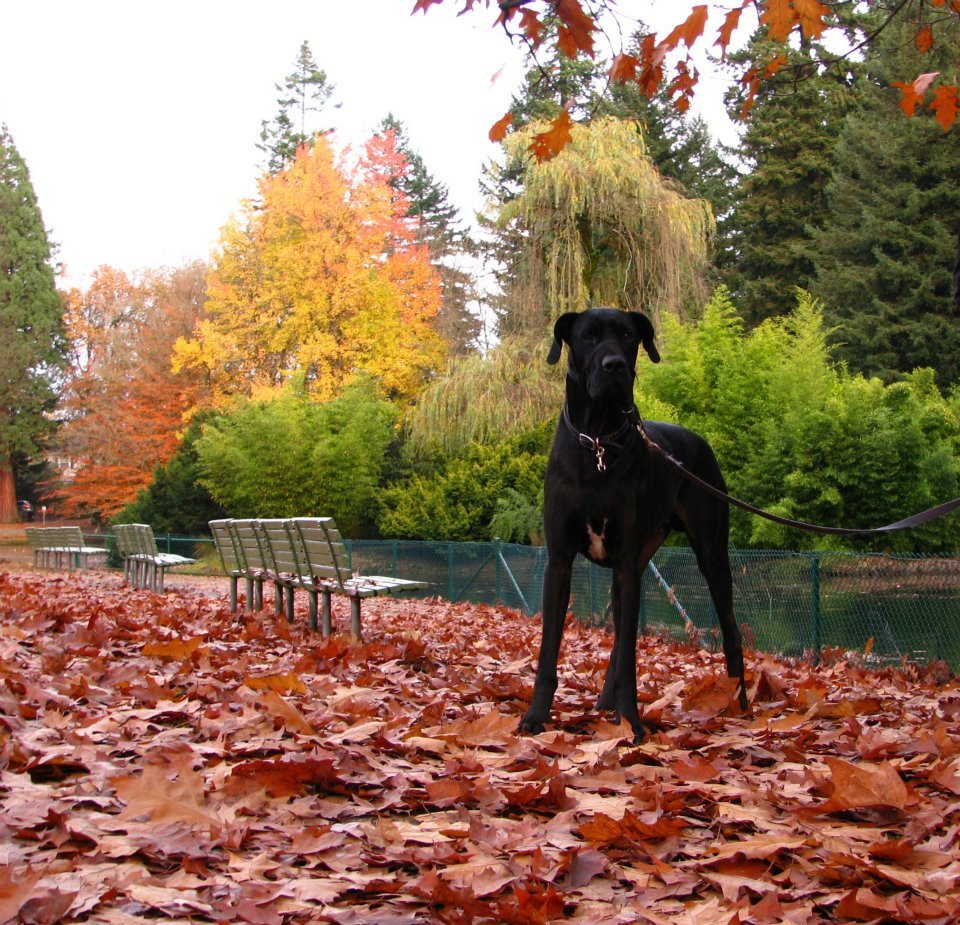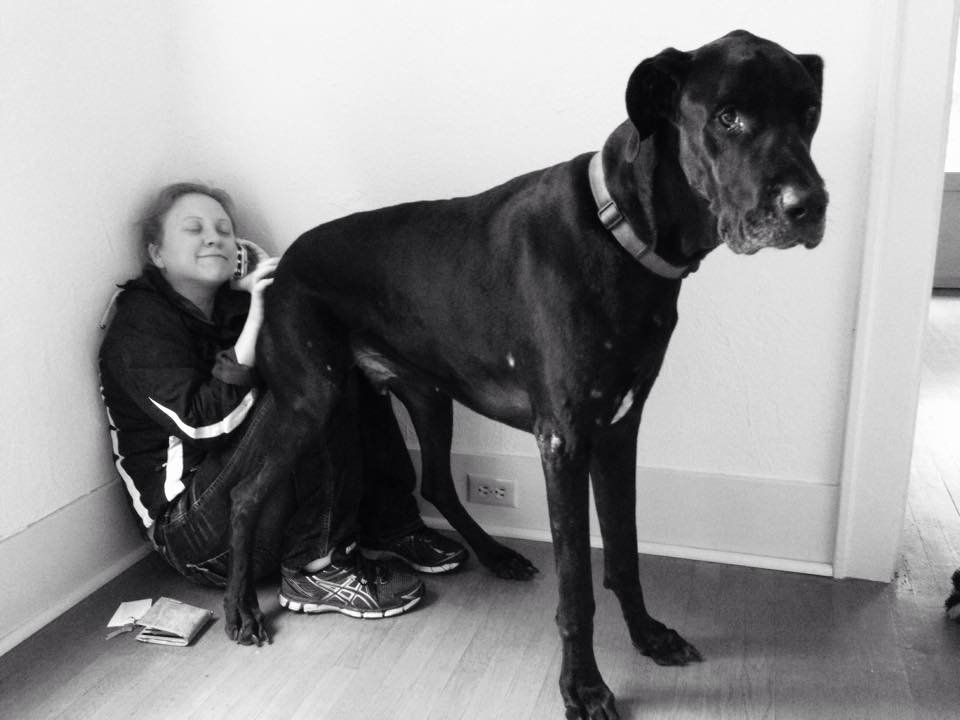When I was in the 11th grade, I had the opportunity to write my first screenplay through NAACP’s Afro-Academic, Cultural, Technological and Scientific Olympics (ACT-SO) program. The program provides a platform for Black high school students—more than 300,000 to date—to bring their ideas to life and kickstart their journeys to becoming leaders in science, technology, engineering and math (STEM), humanities, business, and the arts.
ACT-SO gave me the confidence to pursue my dream of working in the entertainment and tech industry. After competing in NAACP’s local and national competitions, I wrote and directed my first short film, which I used in my portfolio to attend New York University. That eventually led me to my job as a Google Account Manager handling sales in the Media and Entertainment industry.
Looking back, the greatest gift was that the program instilled values of community, excellence, and discipline in the participants. I’ve carried those values throughout my academic and professional career. I’ve found ways to build community and culture at Google, such as serving as the 2017-2018 Co-Lead of our Black Googler Network Bay Area chapter.
This weekend, Google.org announced a $3 million grant and opportunities for Googlers to volunteer to help scale the ACT-SO program over the next three years. I sat down with National ACT-SO Director Larry Brown, Jr. to learn about how NAACP plans to expand the program to more students.
Can you give us an overview of ACT-SO, for people who aren’t familiar?
ACT-SO is an achievement program designed to recruit, stimulate, and encourage high academic and cultural achievement among African-American high school students. Students work throughout the year to develop a compelling project in one of 32 categories. After qualifying at their local ACT-SO contest, winners present their ideas at our national ACT-SO competition and compete for top scholarship prizes. The ACT-SO experience is unique and I dare say irreplaceable—it helps students build a support system for a lifetime of success.
I understand that supporting the ACT-SO program is very personal to you. How did you first get involved with the program and what does your role include today?
As a high school student in Detroit, I competed in ACT-SO's Oratory competition. Although I never won, I was able to build a foundation of transferable skills that had a lasting impact. Now, as the leader of ACT-SO, I'm able to use what I learned as a contestant—active listening, critical thinking, and persuasion, to name a few skills—to create a memorable and impactful program that further enhances students' experiences, while in ACT-SO and beyond. I’ve also been able to create rewarding volunteer opportunities for my fellow ACT-SO alumni to give back to the program that benefited them.
At Google, we often talk about moonshots—“anything is possible,” 10x ideas. What is ACT-SO’s moonshot, and how can a grant from Google.org and volunteer support from Googlers bring it to life?
Over the years, we’ve heard from many alumni who, like you, point back to the ACT-SO competition as a pivotal moment in being recognized for their brilliance and potential. NAACP believes that every student, particularly students from underrepresented backgrounds, should be encouraged to pursue their academic excellence. That’s why, over time, we want to expand the ACT-SO program and make sure every student of African descent has access to a local ACT-SO competition.
Google.org’s grant is a first step in moving closer to that goal. We were on a trajectory to engage 30,000 students over the next three years, but with Google’s support, we’re planning to expand to new chapters and engage almost 70,000 students. We’ll be hiring new staff, offering more travel stipends to students, and keeping alumni engaged. We’re also thrilled that members of the Black Googler Network and Black@YouTube have committed to volunteer as mentors and judges at the local and national level. Having Googlers involved will give our students the opportunity to meet new role models and begin building relationships in the tech industry.
NAACP’s vision is a society where all individuals have equal rights without discrimination based on race. What role can computer science play in moving closer to that outcome?
NAACP wants to put students on a path to high-wage careers that will make an impact on their lives, families, and communities, which is why we’re investing additional funds in our program’s science and technology tracks. The data shows that more than half of all jobs require technical skills, but a majority of students still aren’t learning these skills in school. Across the country, millions of technical jobs are projected to go unfilled, yet women and minorities are drastically underrepresented in technical fields. We believe that computer science education opportunities can be transformative in the lives of young people, and in particular, young people who do not have equal access and regularly face barriers to learning computer science.
I don’t want to forget the role that artists have in computer science. I believe that artists and scientists have a lot in common. Technologists, scientists and artists share an inquisitiveness and drive to better understand the world through their work. Plus, computer scientists need great designers.
What’s one way that we, as a society, can better support Black and Latino students on their educational journeys?
If we believe that all students deserve the chance to make history, it’s critical that we lift up diverse representations of excellence and achievement. For example, we know that Black and Latino students have equal interest in CS education, but they face social barriers such as a lack of role models and learning materials that reflect their lived experiences. Only one in four underrepresented students report “often” seeing people “doing CS” in television shows or movies, and only about one in six among them report “often” seeing people like them. Everyone can help challenge these barriers by lifting up stories of achievement that are not traditionally represented.
ACT-SO has several famous alumni. Can you share one of your favorite ACT-SO testimonies?
There are many alumni that come to mind, one is Anthony Burrell—a creative director who's choreographed for artists like Beyonce, Mariah Carey, Rihanna and Katy Perry. His work has been featured on some of the largest stages in the world. But he's also used his platform to give back to young people and create a community of dancers. At his Anthony Burrell Center for Dance in Atlanta, dancers learn the fundamentals of various dance forms. He ensures students have access to dance education and training by providing scholarships for students who need assistance.
For the past five years, Anthony has worked with ACT-SO as the choreographer of the annual ACT-SO Awards Ceremony. He elevates our students and provides opportunities for them to connect as professionals—some of them have even been hired to perform with notable talent after their ACT-SO experience. In addition to his own career in dance, Anthony's participation in ACT-SO has given other students the opportunity to create a pathway to their personal success.
